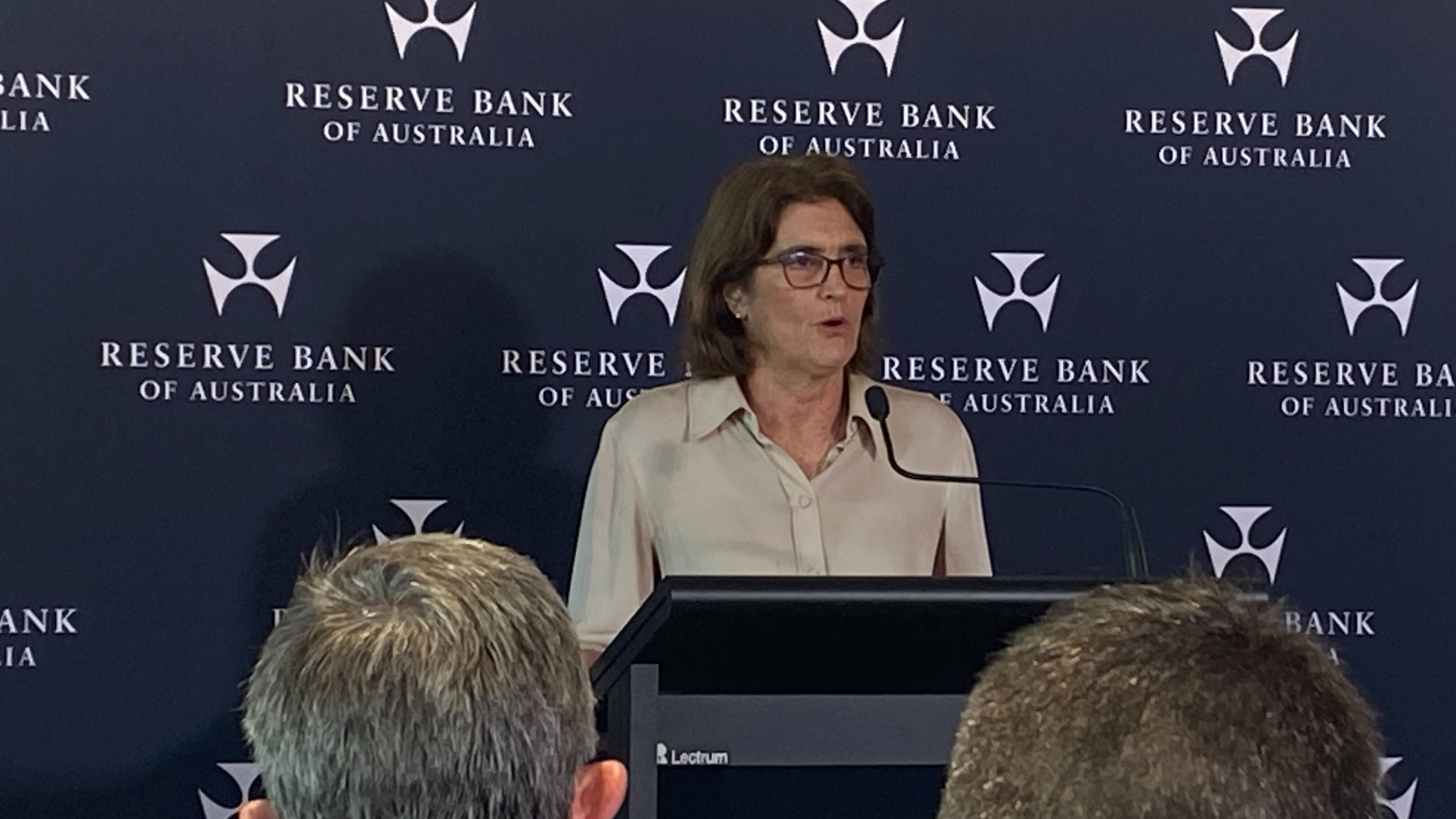Has the RBA finally ruled out more rate hikes for this cycle?
The Reserve Bank of Australia's March monetary policy decision was comparatively low on the totem pole of priorities for rates traders this week, third to the Bank of Japan (which raised rates for the first time in 17 years today) and the Federal Reserve (which will also likely extend its prolonged pause this week).
It held interest rates for the third consecutive meeting, at 4.35%, and barely moved its rhetoric around the future trajectory of rates. That's despite inflation falling to just 4.1% in the December quarter, with the monthly inflation indicator demonstrating that the RBA is nearing closer to its 2-3% target band.
But the huge rise in rates has come at a cost - and nowhere is this clearer than in the most recent GDP figures, which have arguably confirmed a "per capita recession" in Australia.
In this wire, we'll ask the Reserve Bank Governor Michele Bullock our questions and provide you with exclusive insights into Australian monetary policy.

Highlights from the statement
Were there changes to the last line?One of the big watching briefs for this decision was whether the Reserve Bank would keep its tightening (or rate hiking) bias. Markets - and other central banks - have long moved on from the idea of rate hikes. But it seems the RBA has not.
The path of interest rates that will best ensure that inflation returns to target in a reasonable timeframe remains uncertain and the Board is not ruling anything in or out. The Board will rely upon the data and the evolving assessment of risks.Is there any commentary on sluggish economic growth?
Australia is officially in a "per capita recession" (or at least, in an era of sub-2% economic growth), and last month, Governor Bullock told us that policy is restrictive enough. However, the statement does suggest that the lagged effect of wage increases (see below) could re-spark consumption growth later this year.
The December quarter national accounts data confirmed growth has slowed. Household consumption growth remains particularly weak amid high inflation and the rise in interest rates. After recent declines, real incomes have stabilised and are expected to grow from here, which is expected to support growth in consumption later in the year.Is there any commentary around higher wages?
The subject of wage increases has been all over the papers in the last month - both here (aged care workers and seaport workers will each get an average increase of 23%) and overseas (Japanese workers will get their biggest pay raise in more than 30 years). But the RBA doesn't appear to be perturbed.
Wages growth picked up a little further in the December quarter but appears to have peaked with indications it will moderate over the year ahead.
The Fair Work Commission granted a wage rise of up to 28.5% for the aged care sector earlier this week. Such a move can place upward pressure on factors such as services inflation.
"Our forecasts factor in wage rises that have been granted, not ones that are in prospect. The aged care piece would not be in our forecasts at the moment. But let me say right up front I don't think anyone would begrudge aged care workers a raise. They have been historically underpaid for the work they do, and there are shortages in those industries ... When we do put it in our forecasts, I don't think it will make a measurable difference," said Bullock.
Q&A Highlights
We asked the Governor this question;
"Given the RBA has described household consumption and dwelling investment as weak, what is still holding inflation above the 2-3% target and how does that affect where the bank thinks the neutral interest rate is?"
The Governor said "Growth is weak but the level is high. Aggregate demand, because of population growth, has been elevated. What we're observing now is that aggregate demand is slowing and coming back more in line with supply. That's what we would expect with restrictive monetary policy ... We think the signs are that it's in slightly restrictive territory. As we hopefully observe inflation coming down, that's when we start to have a conversation about what is restrictive and how do we move the restrictiveness."
One other question that piqued our interest came from the Financial Review, which asked about how analysts believe the board has pivoted to a more neutral bias.
"The Board is responding to data. There are risks on both sides to this and the risks are finely balanced. One the one hand, on the upside, we still have inflation above target and we know from overseas it's a bumpy ride. And we also know that services inflation is still elevated and that's proving difficult to get down. On the other hand, we're conscious that consumption is slowing a lot and there are signs that some of the tightness in the labour market is easing. What the Board is saying is that we're uncertain, we don't know and we can't rule in or out either."
What would you like to ask the Reserve Bank governor? Let us know in the comments and we may just ask it on your behalf at the next RBA press conference.
2 topics

